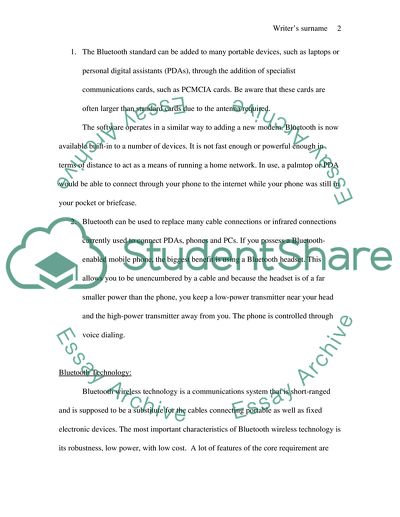Cite this document
(Telecommunications: Bluetooth Technology Research Paper, n.d.)
Telecommunications: Bluetooth Technology Research Paper. Retrieved from https://studentshare.org/technology/1542341-telecommunications-bluetooth-technology
Telecommunications: Bluetooth Technology Research Paper. Retrieved from https://studentshare.org/technology/1542341-telecommunications-bluetooth-technology
(Telecommunications: Bluetooth Technology Research Paper)
Telecommunications: Bluetooth Technology Research Paper. https://studentshare.org/technology/1542341-telecommunications-bluetooth-technology.
Telecommunications: Bluetooth Technology Research Paper. https://studentshare.org/technology/1542341-telecommunications-bluetooth-technology.
“Telecommunications: Bluetooth Technology Research Paper”, n.d. https://studentshare.org/technology/1542341-telecommunications-bluetooth-technology.


